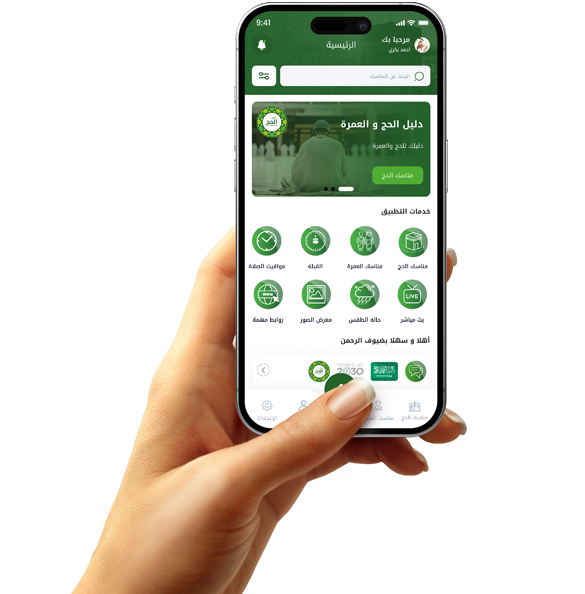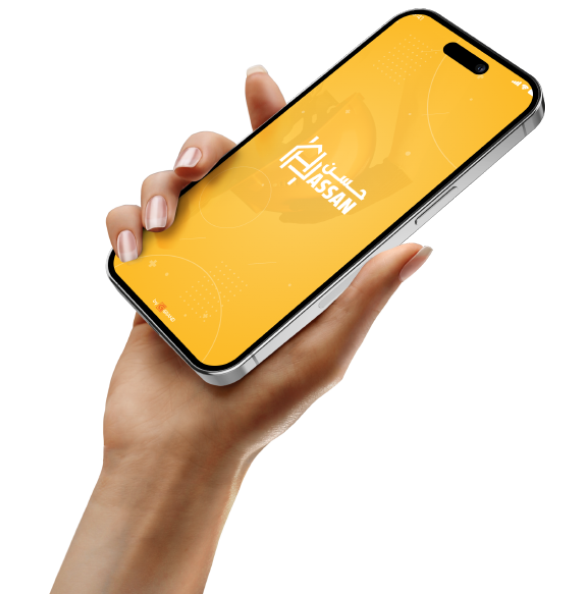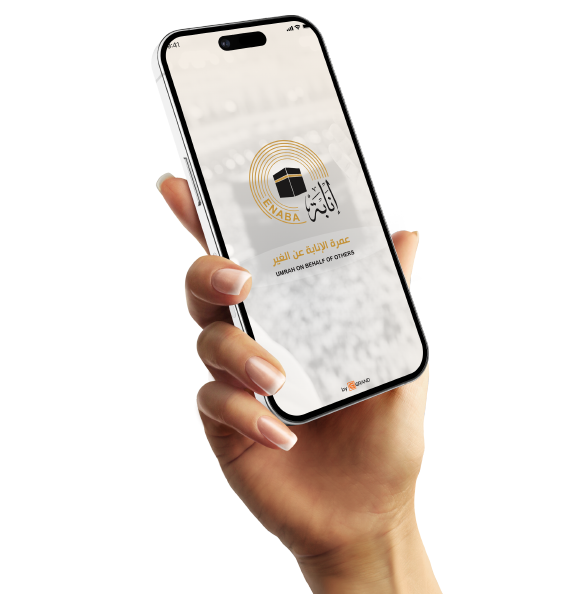The power of social media in marketing your app and website

How to Build a Strong Social Media Presence for Your App
Building a strong social media presence isn't a one-time task; it's an ongoing process that begins from the moment you launch your app or website. This presence shapes the user's initial perception of your product and has a direct impact on its reach and popularity.
It all starts with creating a clear visual identity. You should have a logo, colors, and distinctive fonts that express the app's personality and are used consistently across all posts. Visual consistency helps establish your brand in the minds of your followers and makes your content quickly recognizable.
The tone used in your writing also plays an important role. Do you want your app to appear formal and professional? Or does a fun and spontaneous tone appeal more to your audience? Choosing the right tone reflects the app's personality and makes your audience feel connected to it.
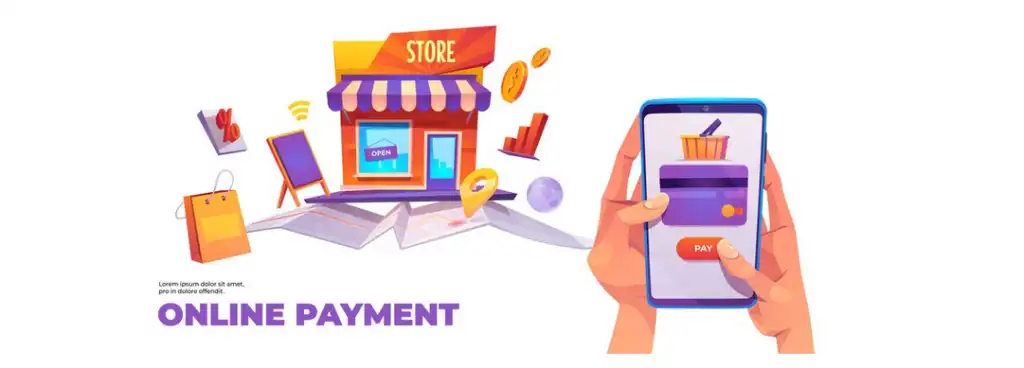
The Importance of Real Engagement with Followers on Social Media
In a digital communication environment, marketing is no longer just about displaying information or posting ads. Real engagement with your audience has become an essential element in building a strong relationship between the user and your app or website. Social media has opened the door to direct and immediate dialogue with customers, giving you a golden opportunity to understand and serve them better.
Responding to comments, even simple ones, demonstrates your respect for your audience and your interest in their feedback. A user who feels their voice is heard tends to stay with you longer and may even become an active promoter of your app among their friends and followers.
When questions or issues are repeated from multiple followers, don't ignore them. Instead, leverage them to clarify information or improve the user experience within the app itself. Social media is not just a means of dissemination; it's an effective tool for gathering data and improving the product.
Interaction doesn't always have to be reactive. Take the initiative to ask questions and ask your audience's feedback on a new feature or proposed design. This participation makes them feel like they're part of the development process and increases their loyalty to the product.
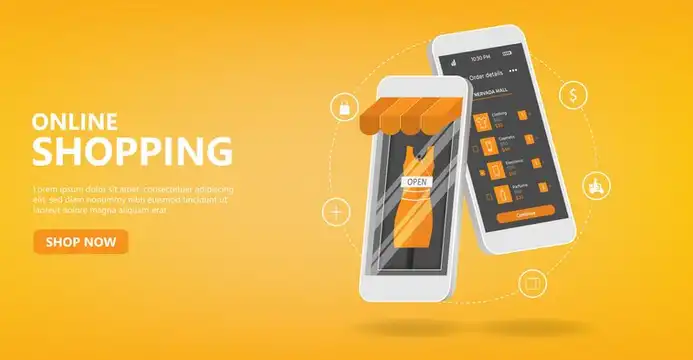
How Social Media Helps Build Trust for Your App or Website
In a digital world filled with deception and fake information, trust has become a rare but essential commodity. When you launch a new app or website, the biggest challenge is convincing users that your product is safe, useful, and trustworthy. This is where social media comes in as an effective tool for building this trust over time.
Transparency is the starting point. Sharing app updates, new news, or even the challenges you face makes users feel authentic and connected to you. People appreciate companies that don't hide their problems, but rather confront and address them clearly.
Showcasing the opinions and experiences of previous users through posts or direct customer stories is an effective way to establish credibility. When users see authentic content from other users who are similar to them, they feel reassured about their next experience with the app or website.
Verifying accounts on social media platforms also plays a role in building trust. A verified account gives the impression of professionalism and seriousness, and makes followers feel they are dealing with a real, well-known entity, not just a random or anonymous page.

How Paid Ad Campaigns Help Expand Your User Base
Paid social media advertising campaigns are one of the most powerful digital marketing tools for smartphone apps and websites. Thanks to their precise targeting and widespread reach, these campaigns can push your product to new audiences in a short time and at a manageable cost.
One of the most prominent advantages of sponsored ads is that they allow you to target your audience based on age, geographic location, interests, purchasing behavior, and even the type of device used. This precision enables you to showcase your app to the most appropriate user, rather than promoting it randomly.
Ad design plays a significant role in the success of a campaign. A visually appealing ad, accompanied by strong, clear copy, increases the likelihood of click-throughs and downloads. Focusing on a clear benefit to the user, such as "saving time" or "solving a common problem," makes the ad more compelling.
It's important to test more than one version of a single ad. You can create multiple ads with the same concept but with different designs or messages, then analyze the performance to see which one performs best. This process is known as A/B testing, and it's essential for improving your return on advertising investment.
Budget isn't as challenging as some might think. You can start with small amounts and test effectiveness, then gradually increase spending as performance improves. The key is to carefully track results and use analytics to identify the most effective campaigns.







